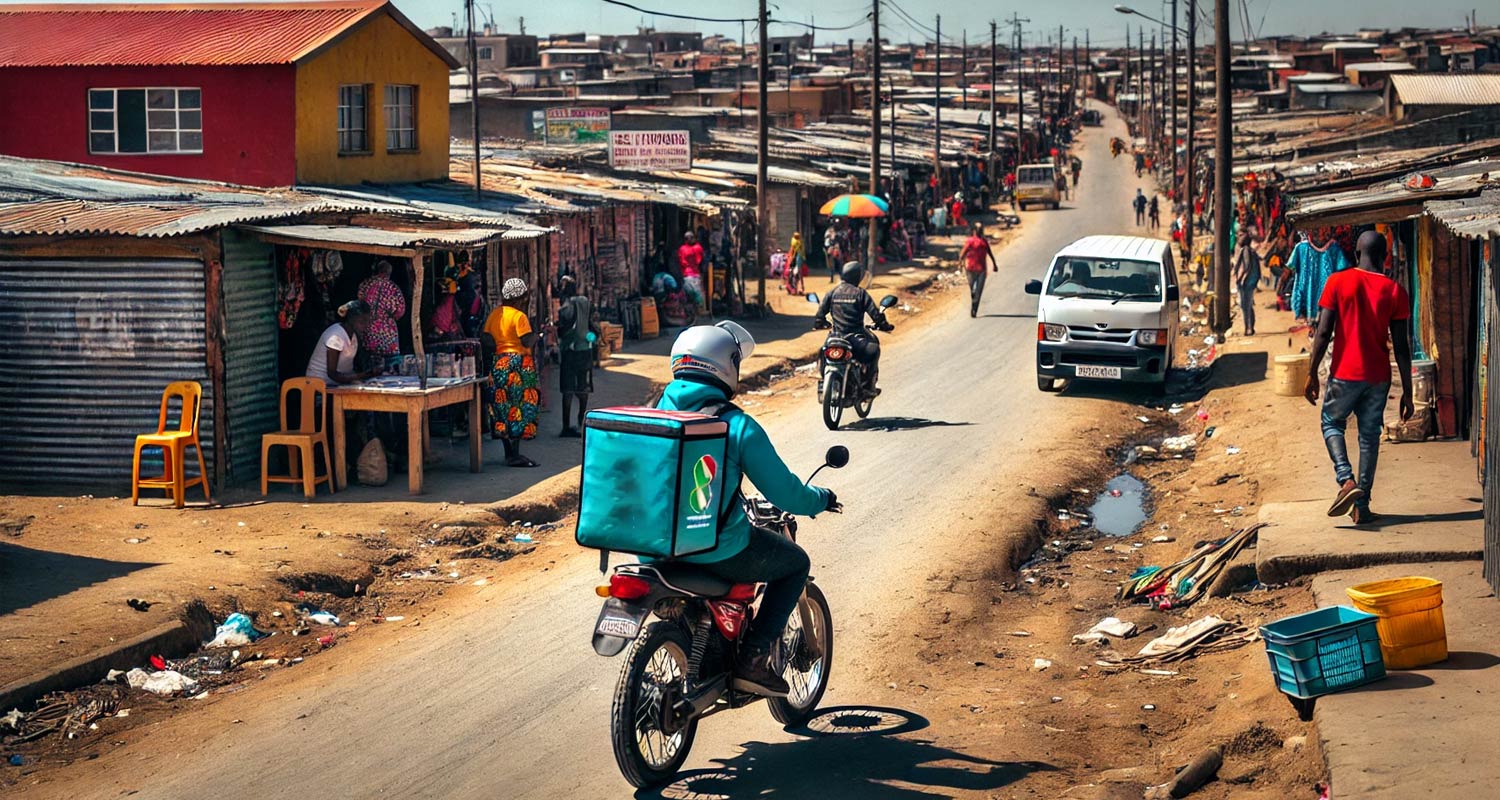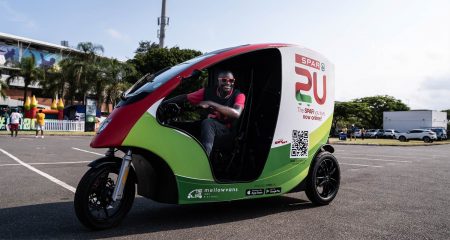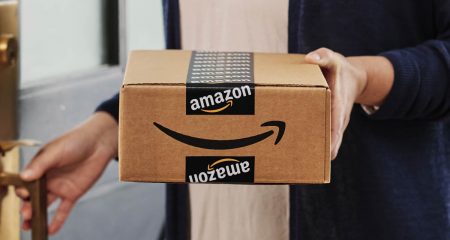
Townships and rural and outlying areas present unique logistical challenges that constrain the growth of e-commerce in these regions.
At times, distance from main centres causes the cost of deliveries to skyrocket. In other instances, the difficulty of fulfilling a delivery is increased by high crime levels.
Now delivery companies have resorted to adding surcharges to mitigate the risks associated with logistics in some townships.
“Couriers are adding a surcharge of around R100 to R150 on top of the delivery fee to cover their security costs to ensure that these parcels stay safe,” said Lars Veul, CEO of pick-up, drop-off (“Pudo”) specialist Pargo.
According to Veul, poor addressing systems and the poor quality of mapping software in townships often lead to a higher number of repeated delivery attempts before a parcel reaches its intended recipient. Coordinating deliveries for when recipients would be home is another headache.
“People aren’t sitting around waiting for a parcel to be delivered. They are at work, the doctor or picking up their kids from school, and missed deliveries increase the cost for couriers,” said Veul.
The notion of free delivery for customers is also giving way to pay-for models as e-commerce companies move away from a paradigm where they were trying to show the value of e-commerce to the customer, to one where they want to make their operations profitable, he added.
High risk
This, he said, is leading to customers bearing more of the delivery costs than they did before.
Jayson Joubert, operations director at Order Kasi, a last-mile logistics company specialising in township deliveries, told TechCentral that another reason surcharges are added in certain areas is because it is difficult to source drivers – who may believe these areas to be too high risk – without offering them additional incentives. At other times, said Joubert, the surcharge is to cover the cost of having an additional person in the vehicle to take care of security.
Customers who know they live in dangerous areas are often the first to tell drivers to meet them at a safer point such as the nearest police or petrol station, he said.
“We hire local drivers who are invested in the community. They also use their own vehicles instead of branded fleet vehicles that are likely to attract the attention of criminals. That is how we reduce risk in our operations.”
The unique challenges presented by township logistics have led to a mushrooming of specialist last-mile businesses similar to Order Kasi. Godiragetse Mogajane, founder and CEO of Delivery Ka Speed, a company in Hammanskraal north of Pretoria, does fulfilment for Bidvest Waltons, Big Save supermarkets and Spar’s Spar2U app – a Checkers Sixty60 competitor.

Mogajane said using drivers who live in the area helps deal with poor addressing by allowing customers to use landmarks to describe where they are. The system works so well that Delivery Ka Speed has embedded the description into its app as a requirement when customers place an order.
Pargo’s Veul said that as a laggard in emerging markets in e-commerce growth – about 4% to 6% of total retails sales are through e-commerce in South Africa against more than 15% in similar markets like India and Brazil – Pudo firms are going to play an important role in keeping the cost of delivery low and incentivise consumers to adopt e-commerce.
In Pargo’s experience, the cost of delivering parcels to rural and outlying areas can drop by as much as 80% when using Pudo pick-up points, depending on the volumes supported. Pudo networks also make use of existing logistics networks, meaning the risk profile does not fluctuate so much as to necessitate surcharges for different regions.
Read: Bob Group says smart lockers will drive online shopping growth in SA
Veul said in future the Pudo model will work in tandem with door-to-door deliveries to maximise customer convenience.
“The pick-up point model is much more efficient, and so the price per parcel drops. Also, for the online user, it increases convenience and optionality. It’s not about one or the other, it’s about having the two next to each other. You will still have consumers that prefer a door delivery and you will have consumers that prefer a pick-up point delivery,” said Veul. – © 2024 NewsCentral Media




